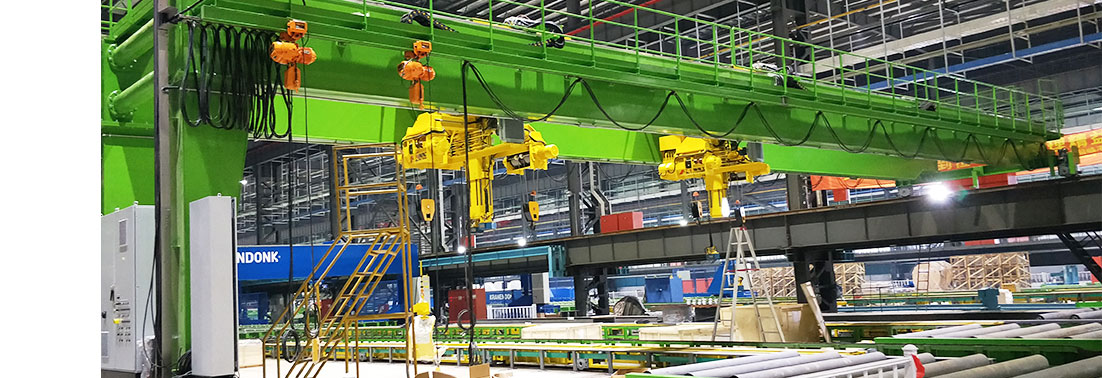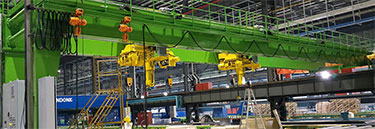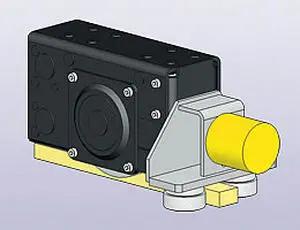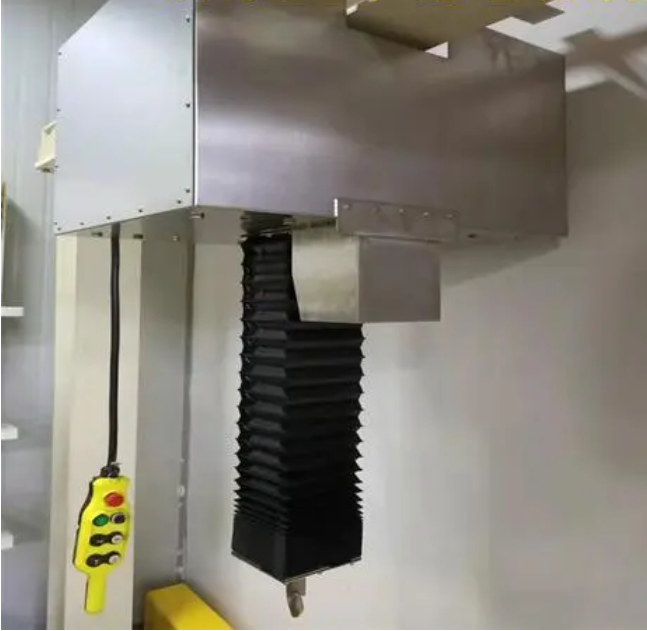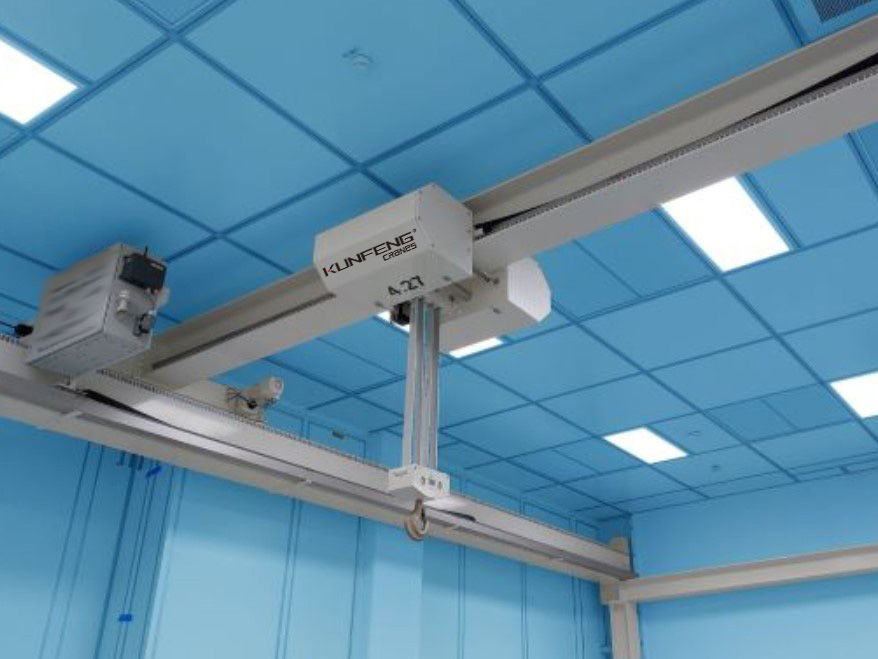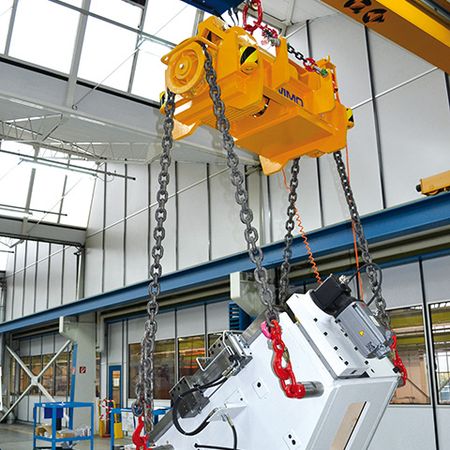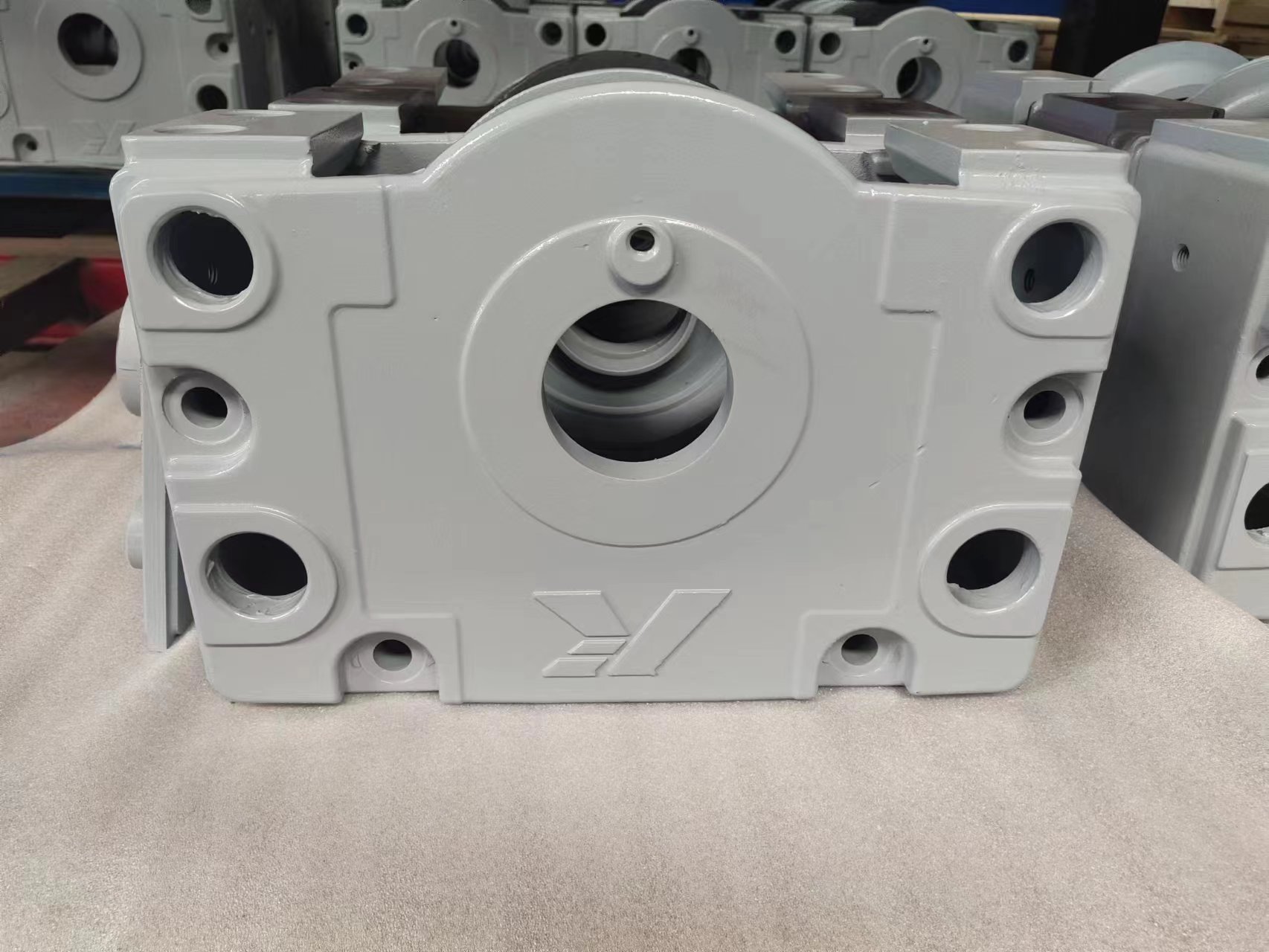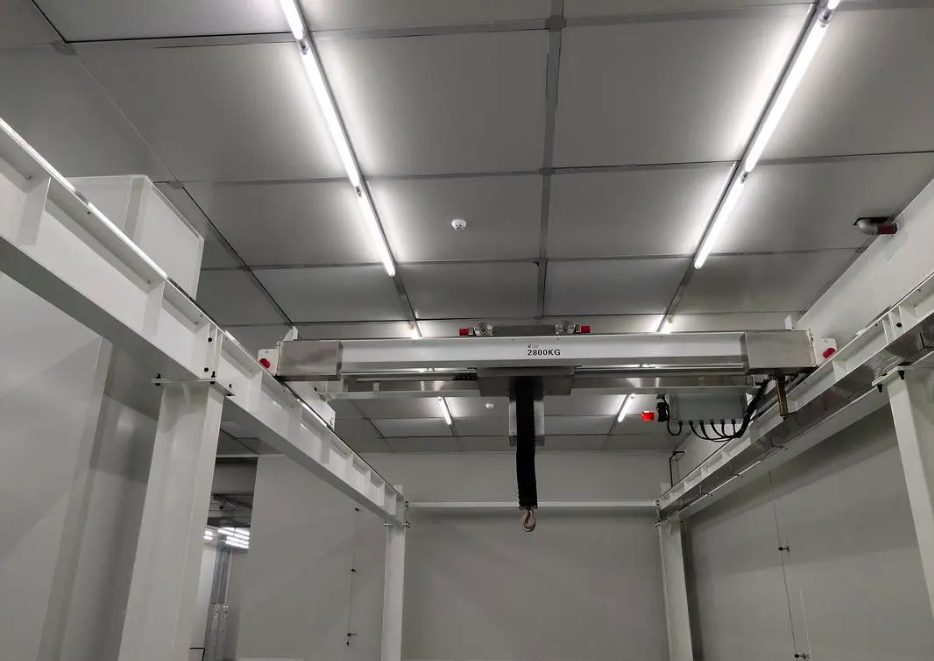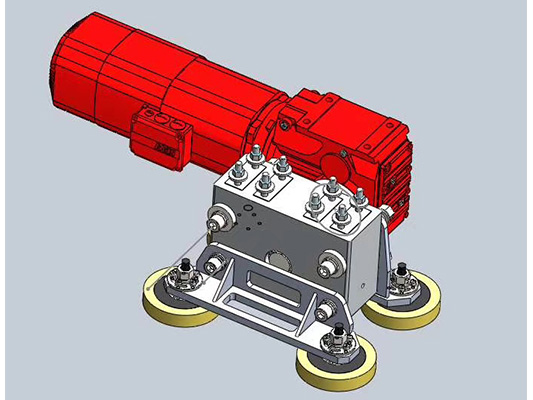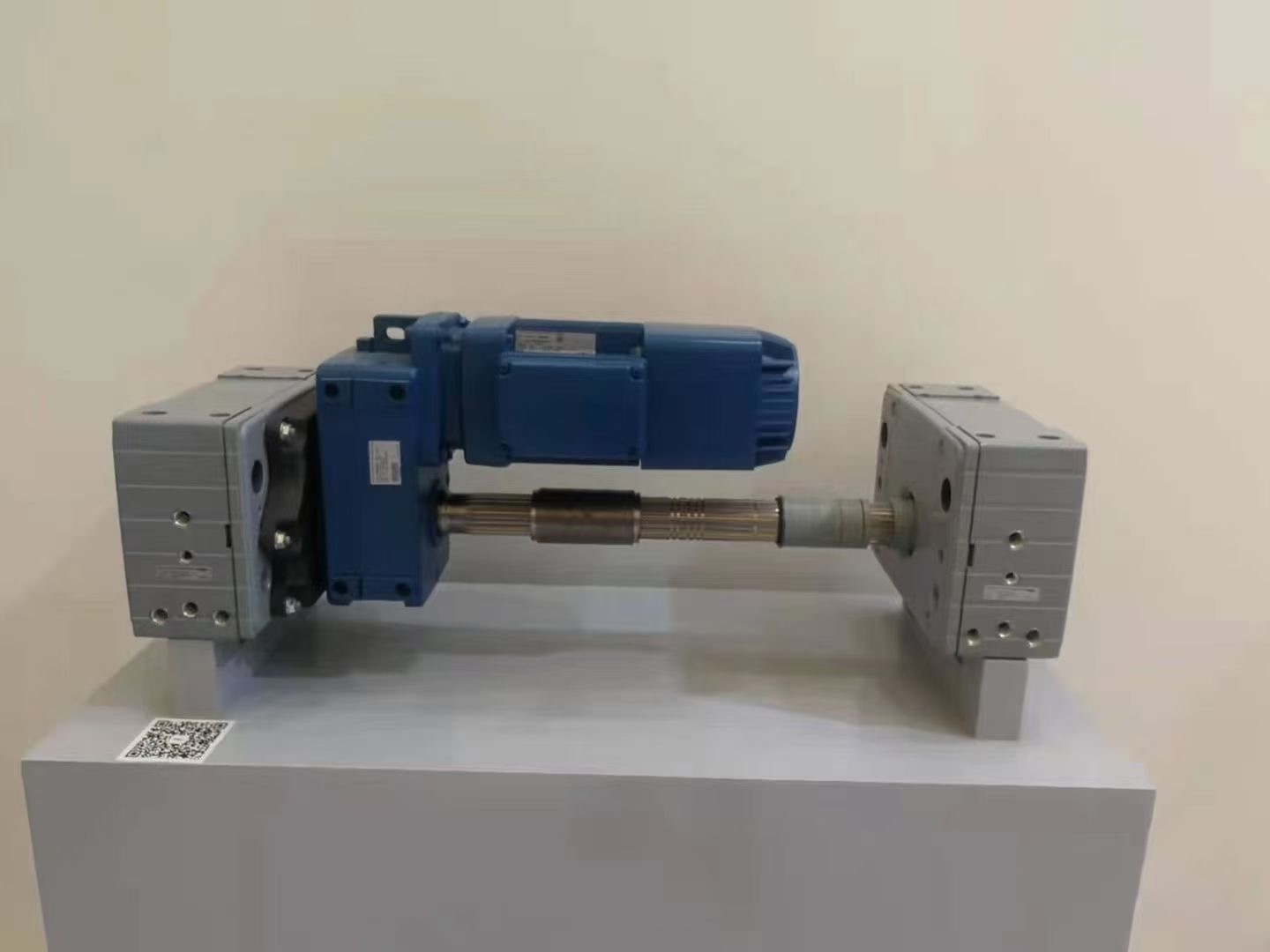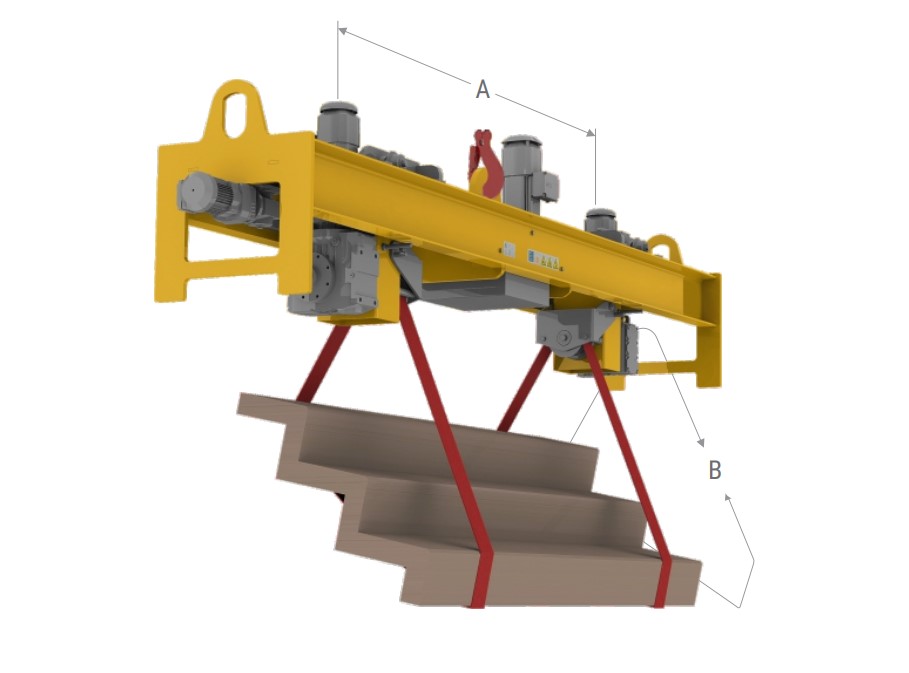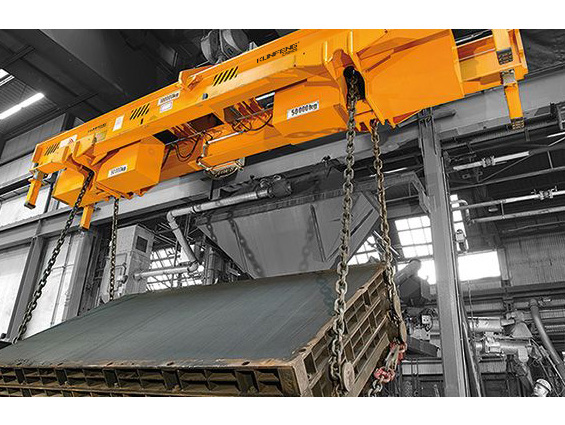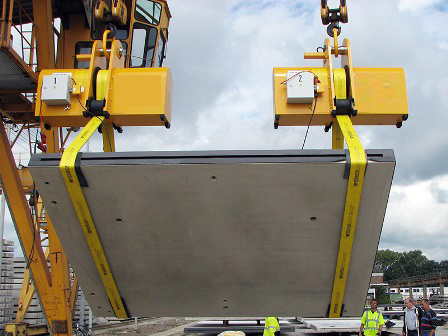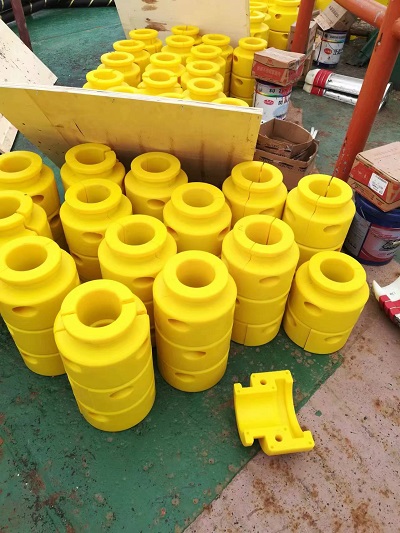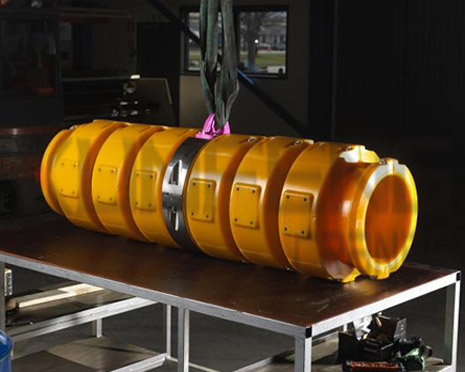
| About the development and characteristics of the bending restrictor
The the development and characteristics of the bending restrictor.
CATEGORY:
CREATED:
Aug 19, 2020
The polyurethane bending restrictor structure prevents the cable from bending excessively when subjected to high loads. If the load on the cable (umbilical/streamline) is static rather than dynamic, use a bend restrictor (BR) (bending stiffeners are more suitable for the latter). BR material is polyurethane, known for its strong, durable and elastic properties;The bend restrictor structure prevents the cable from bending excessively when subjected to high loads. If the load on the cable (umbilical/streamline) is static rather than dynamic, use a bend limiter (BR) (bending stiffeners are more suitable for the latter). The BR material is polyurethane, which is known for its strong, durable and elastic properties; according to the depth of the seabed where the cable is placed, it will be determined whether the beam needs to be used with BR. If the seabed is shallow, BR can be used instead of beams, but for deeper areas, beams may need to be lowered in a safe and protective manner.

Main feature:
Install CPS easily, safely and reliably;
Effective ways to prevent excessive bending/damage of cables;
Allows the free span area to be completely fixed while lowering the cable to the seabed;
Fast and effective way to lower the cable from the ship to the seabed.
Can be customized accroding to your needs!


